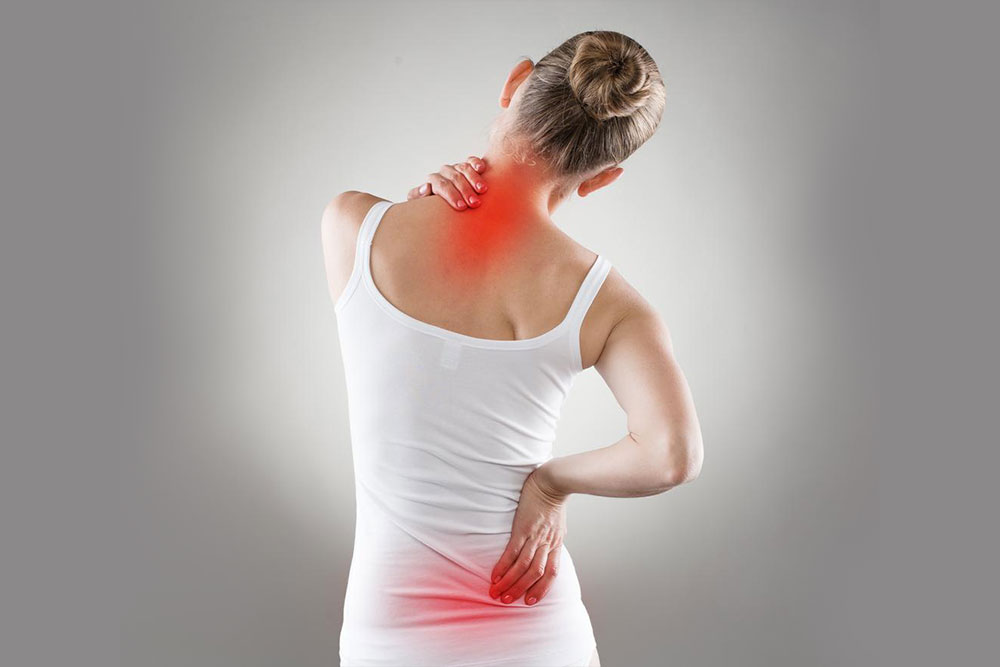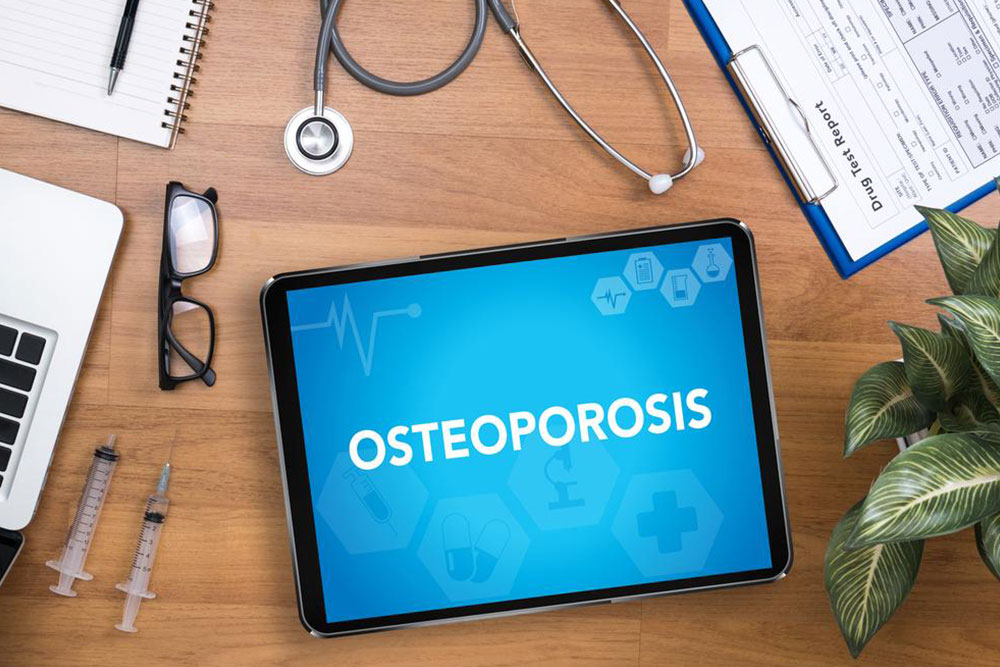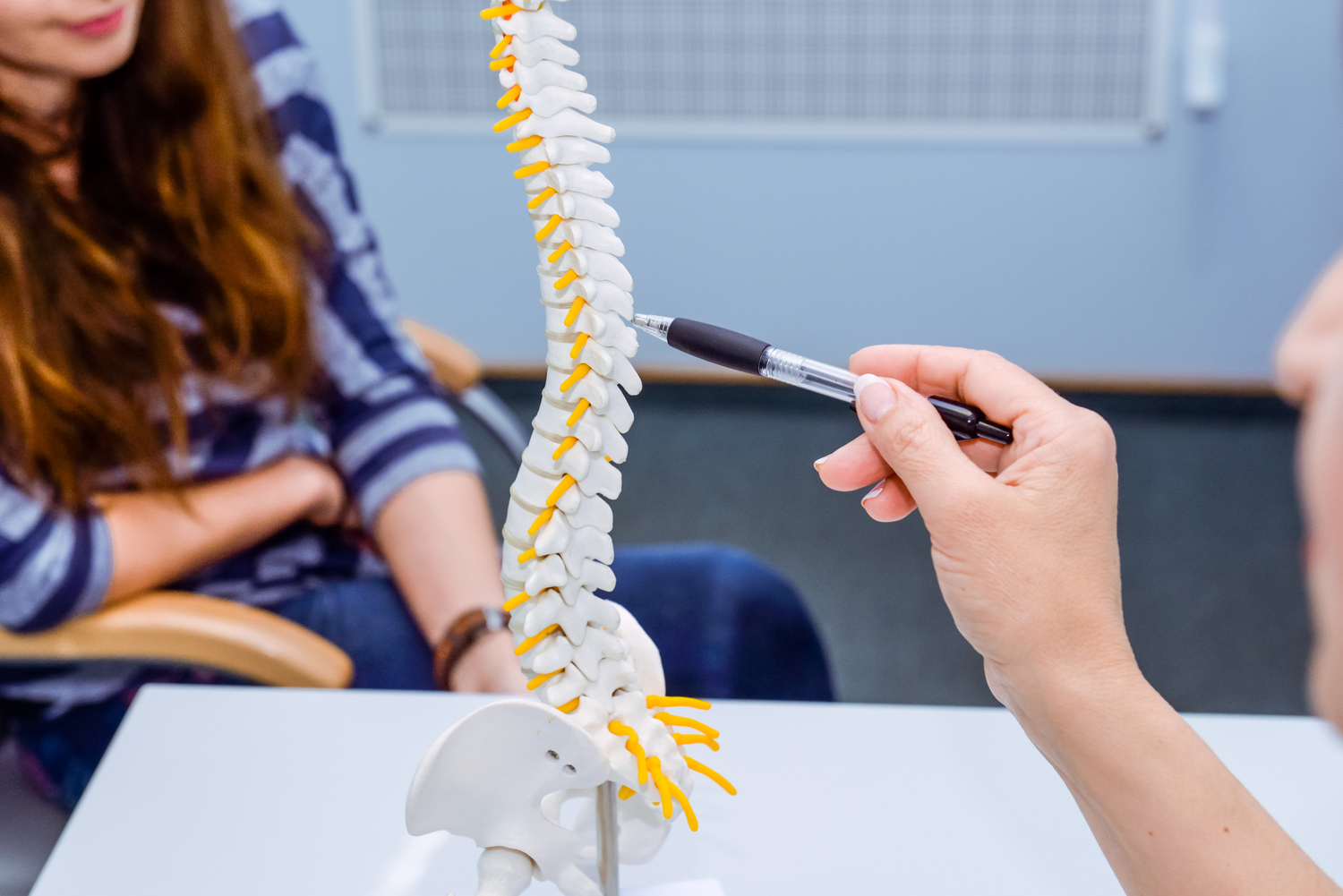Comprehensive Guide to Osteopenia: Symptoms, Prevention, and Treatment Options
This comprehensive guide explores osteopenia, a condition characterized by decreasing bone density. It covers symptoms, risk factors, early detection methods, and effective treatment options like medication and lifestyle changes. Emphasizing prevention and management, the article provides valuable insights to help individuals improve bone health and prevent osteoporosis-related fractures. Learn how aging, nutrition, and activity influence bone strength and what steps you can take today to protect your skeletal system for healthier aging.

Comprehensive Guide to Osteopenia: Symptoms, Prevention, and Treatment Options
Osteopenia is a condition characterized by a reduction in bone mineral density, which, if left unmanaged, can progress to osteoporosis, significantly increasing the risk of fractures. Often dubbed a precursor to osteoporosis, osteopenia affects individuals across various age groups, especially older adults. Understanding the intricacies of this condition—its symptoms, risk factors, preventive measures, and various treatment options—is crucial for maintaining bone health and preventing serious complications. This article aims to provide an in-depth overview of osteopenia, empowering readers with knowledge to detect early signs and take proactive steps towards management.
Understanding Osteopenia: What It Is
Osteopenia occurs when your bones have lower-than-normal density, making them weaker and more porous. This decrease in bone strength results from an imbalance between bone resorption (breakdown) and bone formation. In healthy individuals, these processes are balanced, maintaining optimal bone density. However, factors such as aging, nutritional deficiencies, hormonal changes, and lifestyle choices can disrupt this balance. If osteopenia is not addressed, it can act as an early warning sign of developing osteoporosis—a more severe condition with significantly increased fracture risk.
Factors Contributing to Osteopenia
Understanding what leads to osteopenia helps in adopting preventive strategies. Major risk factors include:
**Aging**: Bone density naturally decreases with age, especially after the age of 30.
**Nutritional Deficiencies**: Inadequate intake of calcium and vitamin D impairs bone mineralization.
**Hormonal Imbalances**: Reduced estrogen levels in women post-menopause accelerate bone loss; men with low testosterone are also at risk.
**Sedentary Lifestyle**: Lack of weight-bearing exercises diminishes bone strength.
**Chronic Diseases**: Conditions like rheumatoid arthritis, celiac disease, and hormonal disorders impact bone health.
**Medications**: Long-term use of corticosteroids and certain other drugs can weaken bones.
Recognizing these risk factors allows for early intervention and lifestyle modifications to preserve bone health.
Early detection of osteopenia is often challenging because many individuals remain asymptomatic in the initial stages. However, in advanced cases or unnoticed fractures, specific signs can help with diagnosis. Healthcare providers look for clues like unexplained height loss, persistent back pain, or spinal deformities that may indicate underlying bone weakness. Regular screenings, especially for at-risk populations, are essential for early diagnosis and effective management.
Recognizing Symptoms and Diagnostic Approaches
Most people with osteopenia do not experience overt symptoms; their bones are weakened without obvious signs. Nonetheless, some subtle symptoms or signs suggest underlying issues, such as:
Unexplained or persistent back pain, especially in the lower back or spine.
Recent fractures following minor falls or injuries.
Gradual loss of height over time.
Alterations in posture, such as increased spinal curvature (kyphosis).
Healthcare professionals rely on diagnostic tools like bone mineral density (BMD) tests, primarily dual-energy X-ray absorptiometry (DEXA scans), to confirm osteopenia. These tests measure the density of bones at critical sites like the hip and spine, providing quantitative data essential for diagnosis.Effective Treatment Strategies for Osteopenia
Once diagnosed, managing osteopenia involves a multifaceted approach that encompasses medications, hormonal considerations, dietary adjustments, physical activity, and environmental modifications. The goal is to slow or halt the progression to osteoporosis, improve bone strength, and reduce fracture risk.
1. Pharmacological Interventions
Medications are often prescribed for individuals at high risk of fractures. These drugs work by either decreasing bone resorption or stimulating new bone formation. Common medications include:
Bisphosphonates: Drugs like alendronate or risedronate are widely used to inhibit bone breakdown, helping to maintain or increase bone density.
Parathyroid hormone analogs: Medications such as teriparatide stimulate osteoblast activity, promoting new bone growth, especially in severe cases.
Selective Estrogen Receptor Modulators (SERMs): Used primarily in postmenopausal women, these drugs mimic estrogen’s protective effects on bones.
Calcitonin: Helps reduce bone resorption and alleviates acute pain linked to fractures.
Every medication carries potential side effects; hence, medical supervision, regular monitoring, and individualized treatment plans are crucial to optimize benefits and minimize risks. 2. Hormonal Therapy
Hormone replacement therapy (HRT) may be considered, particularly for postmenopausal women at high fracture risk. HRT helps sustain estrogen levels, which play a vital role in maintaining bone density. Nevertheless, HRT must be carefully evaluated against potential risks such as cardiovascular issues, breast cancer, and blood clots. A thorough discussion with a healthcare provider is essential to weigh benefits versus risks before initiating hormonal treatment.
3. Lifestyle Modifications and Home Remedies
Adopting healthy lifestyle habits is fundamental in managing osteopenia. Dietary strategies include:
Incorporating calcium-rich foods such as dairy products, leafy green vegetables, almonds, and fortified foods.
Ensuring sufficient vitamin D intake through sun exposure, supplements, or dietary sources like fatty fish.
Physical activity is equally important; weight-bearing and resistance exercises, like walking, jogging, dancing, and strength training, stimulate bone formation and improve overall skeletal strength. Additionally, creating a safe living environment reduces fall risks. Measures include installing grab bars, ensuring adequate lighting, removing tripping hazards, and using non-slip mats in bathrooms and staircases. These precautions can significantly lower the chances of fractures due to falls, which are common in people with compromised bones.
In conclusion, osteopenia is a silent but significant threat to bone health, primarily affecting the elderly and those with specific risk factors. Early detection, lifestyle modifications, medical management, and environmental safety are essential components of a comprehensive approach to prevent progression to osteoporosis and related fractures. Maintaining bone health is a lifelong commitment that involves regular medical check-ups, balanced nutrition, physical activity, and awareness of personal risk factors. By taking proactive measures, individuals can preserve their mobility, independence, and quality of life long-term.





